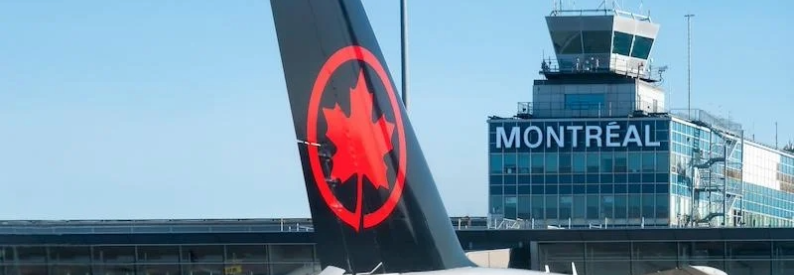Global Airports Ramp Up Investments Amid Mixed Results

Airports around the world are reporting a blend of financial results and major capital projects as they adapt to evolving travel patterns and prepare for future growth. Montréal-Trudeau International Airport operator Aéroports de Montréal (ADM) posted a first-quarter net income of C$23 million, down 37.2 percent from C$36.7 million a year earlier, on revenue of C$219.3 million, a three percent increase. Operating costs climbed 11.3 percent to C$196.5 million, while total traffic dipped two percent to 4.9 million passengers. Domestic volumes rose 1.1 percent, but transborder traffic fell six percent amid heightened Canada–U.S. political tensions. “After years of strong growth, new travel habits began to emerge in early 2025 due to geopolitical and economic factors, although it’s too soon to call it a lasting trend,” said ADM CEO Yves Beauchamp.
Perth Airport in Western Australia will soon benefit from A$24.2 million in federal funding to enhance Australian Border Force capabilities. The investment will boost staffing, equipment and facilities, enabling Qantas to resume thrice-weekly Airbus A330 flights to Johannesburg and Auckland from December, the carrier confirmed. Australia’s Home Affairs Minister Tony Burke noted that the funding aligns border capacity with sustained passenger growth and will allow Perth to host more international services.
In the U.S., Cleveland Hopkins International Airport secured approval from its signatory airlines for US$301 million in funding to develop new public parking facilities, a vital step toward a planned $1.1 billion terminal slated for completion in 2032. The initial $22.5 million “Gold Lot” will deliver 1,600 spaces by 2026, while the full package will finance a 6,000-space parking garage, a ground transportation center and a regional rail station. Once new parking is in place, the existing garage will be demolished to clear the site for the future terminal, pending congressional funding.
Belfast International Airport has opened a £25 million extension of its passenger terminal, featuring a purpose-built security hall and 1,600 square meters of duty free retail. Managed by Vinci Airports, the upgraded screening area introduces next-generation equipment that eliminates the need for passengers to remove liquids and electronics, streamlining the security process. Vinci plans to invest an additional £75 million in airport enhancements over the next three years.
Spokane International Airport in Washington State will receive a $6.5 million FAA grant from the 2021 infrastructure bill to fund three new aircraft gates in its passenger terminal, along with a loading dock access road and perimeter fencing, according to Senator Maria Cantwell. This project will improve passenger flow and accommodate future airline growth in the Inland Northwest.
Grupo Aeroportuario del Centro Norte (OMA), which operates 13 airports in central and northern Mexico, reported first-quarter revenue of MXN3.57 billion, a 5 percent year-on-year decline, while aeronautical revenue jumped 13.8 percent to MXN2.34 billion. Operating income rose 17.7 percent to MXN2.11 billion, and combined traffic across OMA’s network climbed 9.1 percent to 6.4 million passengers. Seat capacity expanded by 13.4 percent, and carriers launched 16 new routes—11 domestic and five international—during the quarter.
These developments underscore how airports are balancing operational performance with significant investments in infrastructure, technology and passenger experience. Whether navigating fluctuating traffic, enhancing security processes, or securing funding for ambitious expansion, airport authorities worldwide are positioning their facilities for a more robust and resilient future.
Related News : https://airguide.info/category/air-travel-business/airline-finance/
